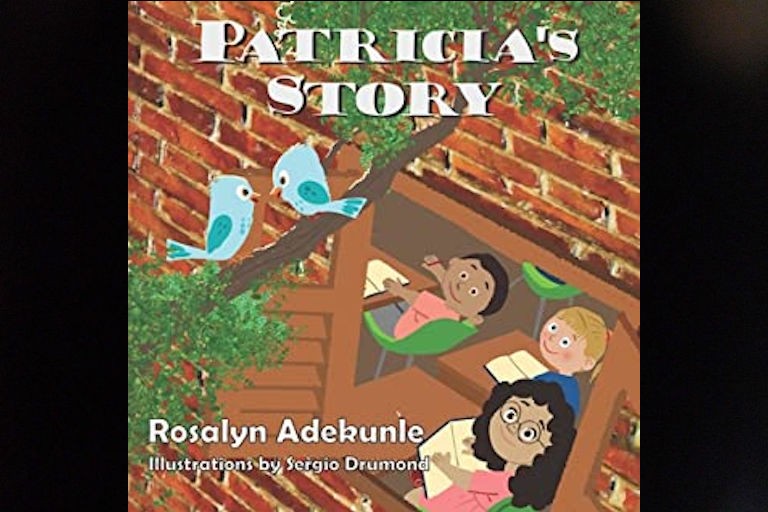
Patricia's Story
Rosalyn Adekunle
Patricia is seven-years-old and has a condition called nystagmus, which affects her vision. Patricia describes how her parents were afraid she wouldn’t like school, but Patricia describes all the cool and beautiful things she sees in her classroom. At one point, her entire class looks out the window at two birds that are singing. Patricia has trouble seeing both birds clearly and explains that to a new friend, who points out that Patricia can still hear them sing which is just as important as hearing them. The story ends with Patricia acknowledging that she might not be able to see very well but she can make new friends and hear beautiful bird songs. Fun illustrations accompany this nice story that emphasizes Patricia’s ability to rely on other senses other than her eyesight to experience the world around her. Highly recommended for younger elementary school children.
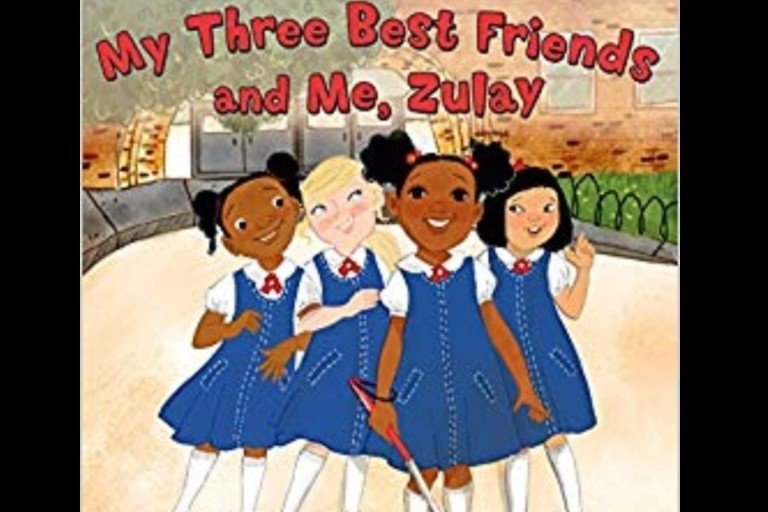
My Three Best Friends and Me, Zulay
Cari Best
Zulay, who is blind, can read, write, draw, sing, dance, and do math like her three best friends and the rest of her primary grade classmates, but can she learn to run track in her new pink sneakers? Zulay and a special teacher, Ms. Turner, practice for the race every day, assisted by Zulay’s white cane. On the day of the race, Zulay’s friends and family cheer her on as she runs the race successfully. This message of the story is that determination and perseverance lead to successful accomplishment of goals. Readers of the book are introduced to the Braille alphabet (within the text, each child’s name, written in the Braille alphabet, appears on illustrations of each child’s desk), and a chart of the entire Braille alphabet is printed on the back of the book so that children can practice writing their own names in Braille. Recommended for a range of ages.
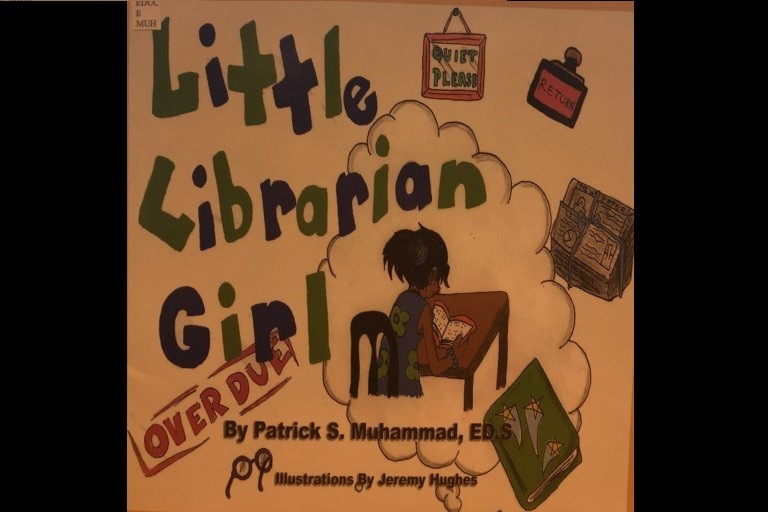
Little Librarian Girl
Patrick S. Muhammad
Third grader, Patia- Monee is excited about a reading contest being held at her school, in which the student who reads the most books will win a new bicycle. Patia- Monee asks for help from her teacher and librarian to choose books from “her section” of the library that she could read and then works very hard to read her goal of reading 50 books in two weeks. Patia- Monee’s teacher and mother emphasize that winning isn’t everything, and that working hard makes a person a winner. Throughout the story, the reader is given hints that Patia- Monee may be a bit different from other kids at her school. Patia- Monee succeeds in her goal and wins the contest, at which point she explains to the gathered crowd that the books she reads are written in Braille and that she is going to give the prized bicycle to the students who were runners-up, as she is visually impaired and unable to ride a bicycle. While the author’s messages of hard work and sharing are admirable, the quality of the writing is lacking. Additionally, the rudimentary illustrations sometimes appear to run into the text of the book. Readers who want to know more about visual impairments or the culture of blindness should consult other texts. Only recommended for comprehensive children's literature research based on the emic perspective of author.
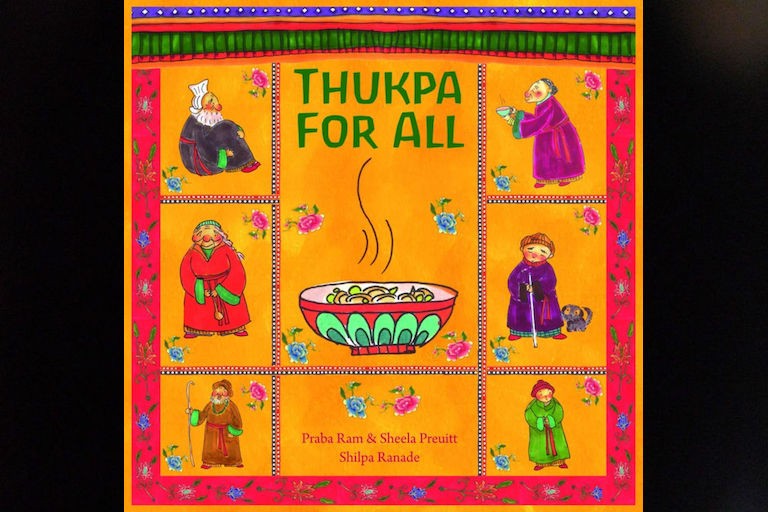
Thukpa for All
Praba Ram and Sheela Preuitt
Tsering has one thing on his mind - thukpa, a hearty soup that he knows his grandmother is making for their evening meal. The reader travels with Tsering on his walk home and along the way, he invites many of his neighbors to join he and his grandmother for dinner. When he arrives home, Tsering helps his grandmother prepare the ingredients to make thukpa. Everyone arrives for dinner and while grandma is making thukpa, the electricity goes out, threatening to end thukpa preparation. Tsering, who is blind, saves the evening by helping his grandmother identify spices by smell and cutting noodles by feel. Throughout the book, the reader sees Tsering using various senses to compensate for his visual impairment. The authors include information about Tsering’s culture and give a recipe for thukpa. Set in the cold desert region of India, this colorful, nicely illustrated story is recommended as a read-aloud to elementary school students.
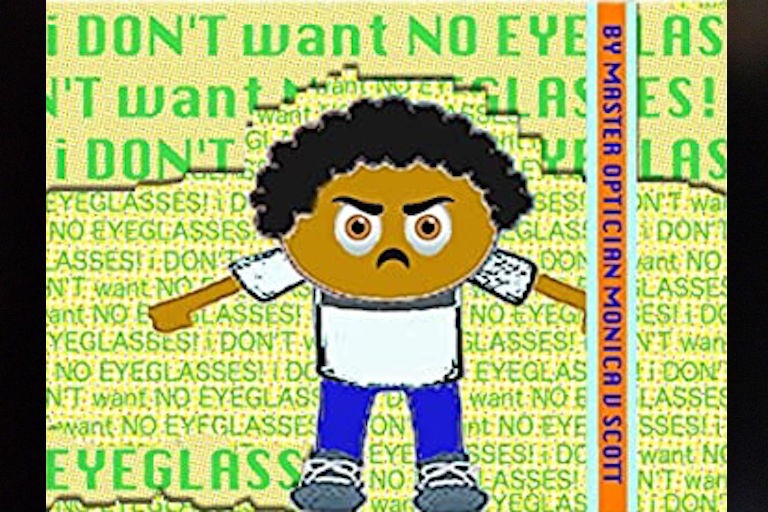
I Don't Want No Eyeglasses
Monica V. Scott
The main character in this story is having trouble seeing and his eyes are tired at the end of the day so his parents decide to take him to a doctor who can help him. The doctor is an optometrist who gives the boy a vision test and determines that he needs glasses to help him see better, but the boy doesn’t want glasses. When the boy gets his glasses, he learns that his vision has greatly improved and that his friends at school also wear glasses, which help him learn to love his new glasses. The text of this book is highly recommendable for all elementary-aged students, but the graphics used are ironically difficult to look at.
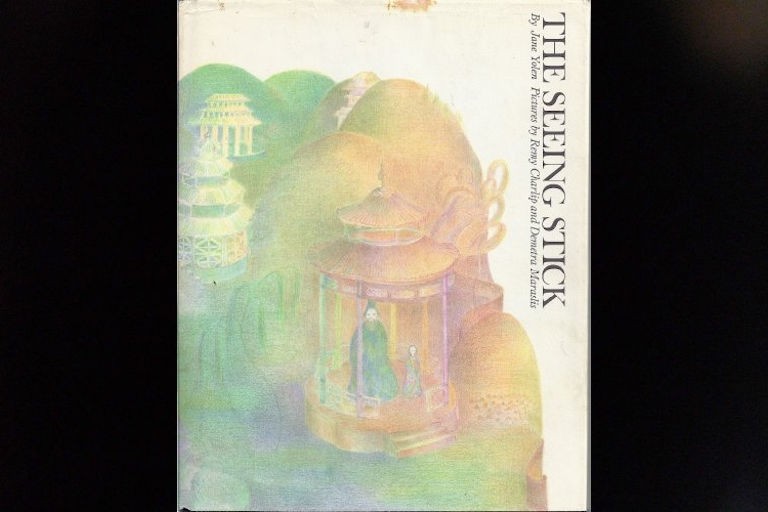
The Seeing Stick
Jane Yolen
Hwei Ming and her father, the Emperor, are both sad because Hwei Ming is blind and cannot enjoy the beautiful things around her. The Emperor declares that he’ll richly reward any person who can help his daughter to see. Although many try, no one succeeds until one day, an old man arrives at the city and using his skill to carve images into his wooden walking stick that he calls a seeing stick, he charms his way into visiting Hwei Ming and the Emperor. The old man teaches Hwei Ming to use her fingers to read the images on the seeing stick, as the images tell stories. He also teaches Hwei Ming to feel the faces of those around her in order to see them as well. The Emperor rewards the old man, who instead of receiving jewels, prefers to live in the city with Hwei Ming and carve a new story for her to read each day on his seeing stick. The images at the beginning of the story are portrayed in black and white during the time that Hwei Ming cannot see and transition into colorful depictions as she begins to learn how to see. Although the reader will likely guess on their own, we are told the old man is also blind. This story is recommended as a read-aloud that will help upper elementary students better understand how people with visual impairments can see.
Location:
